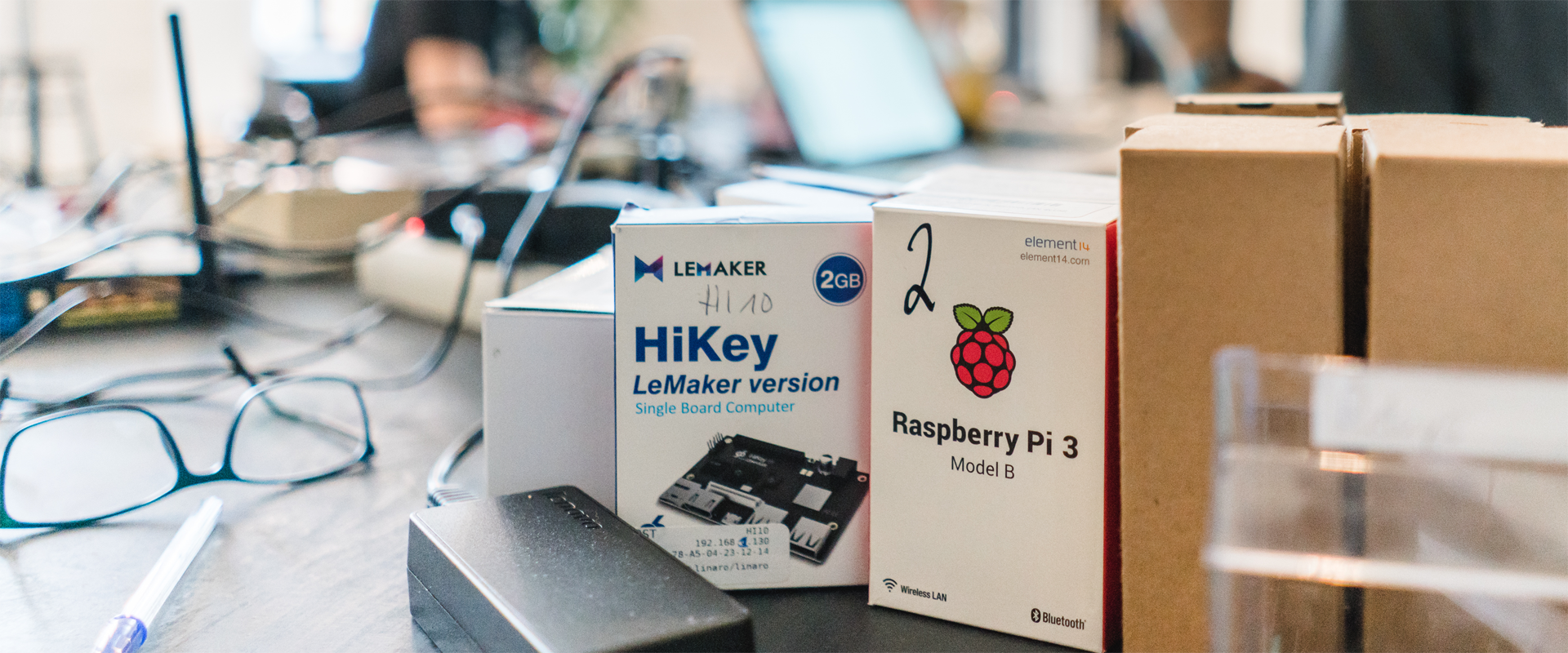
Iridium has been generating light and color for screens on smartphones and TVs, but it’s the rarest metal on Earth; USC scientists found a way to make copper work
USC chemists have found a cheaper way to light up smartphone and TV screens, which could save manufacturers and consumers money without affecting visual quality. Copper is the answer, according to their study, published Friday in the journal Science.
“The current technology that is in every Samsung Galaxy phone, high-end Apple iPhone and LG TV relies on iridium compounds for the colors and light on organic LED screens,” said Mark Thompson, a chemist at the USC Dornsife College of Letters, Arts and Sciences. “We have been using iridium because you get a highly efficient light emission, but it is the rarest naturally occurring element on Earth,” Thompson said. “One of our challenges has been to come up with an alternative that is more abundant.”
Prior attempts to generate a copper-based organic LED, or OLED, failed. The copper complexes in those studies had weaker structures. The molecules were unstable, with shorter lifetimes than the iridium compounds.
Iridium’s link to dinosaurs
Copper definitely solves that problem since it is a plentiful metal worldwide. Iridium, on the other hand, is found in only a few places — mostly South Africa and parts of Asia. The most widely accepted hypothesis that explains iridium’s scarcity and its origins is that it traveled here on a meteor — the same one that wiped out the dinosaurs 65 million years ago. Unless another meteor like that hits Earth, iridium will continue to dwindle in supply. Demand for it is only increasing as smartphones, TVs and other devices that feature LED screens gain popularity. OLEDs have come to replace LED LCD screens. In an OLED screen, each pixel generates light, while in the LCD screens, pixels are illuminated by an LED backlight.
more to see here




